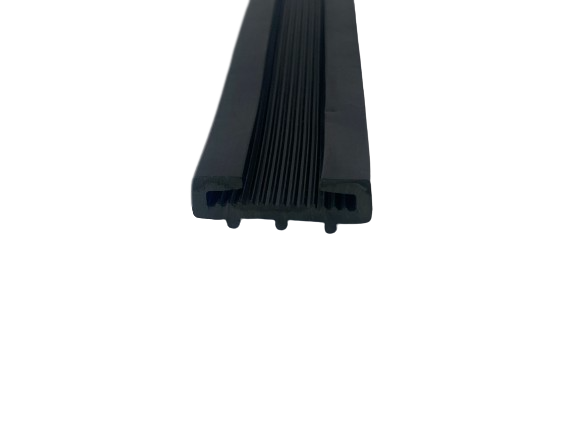Kas . 28, 2024 11:18 Back to list
Tips for Installing Under Door Seals for Improved Insulation and Energy Efficiency
Installing Under Door Seals A Comprehensive Guide
Keeping your home comfortable and energy-efficient is essential for a good quality of life. One of the most common areas where heat loss occurs is under doors. Installing under door seals can be a simple yet effective way to prevent drafts, reduce energy costs, and maintain indoor temperatures. In this article, we will explore the benefits of under door seals, the types available, and a step-by-step guide on how to install them.
Benefits of Under Door Seals
1. Energy Efficiency One of the primary benefits of installing under door seals is improved energy efficiency. Gaps beneath doors allow conditioned air to escape and let in outside air, making heating and cooling systems work harder. By sealing these gaps, you can reduce energy consumption and lower your utility bills.
2. Comfort Drafts can create uncomfortable conditions in your home, especially during extreme weather. By installing under door seals, you will enjoy a more consistent indoor temperature, leading to a more comfortable living environment.
3. Noise Reduction Under door seals not only block drafts but can also help in reducing noise from outside. This is particularly beneficial for homes near busy streets or noisy neighborhoods, offering a quieter atmosphere indoors.
4. Pest Control Gaps under doors can also be entry points for pests like insects and rodents. Using an under door seal helps to prevent undesired visitors from making their way into your home.
Types of Under Door Seals
Before you begin the installation process, it's essential to know the types of under door seals available on the market
2. Brush Seals These seals contain rows of bristles that form a barrier against drafts and dust. They are suitable for doors that are frequently used, as they allow for easy movement while still providing an effective seal.
3. Automatic Door Bottoms These are more complex seals that drop down when the door is closed, sealing the gap without hindering the door's swing. They are ideal for exterior doors or areas that require a tighter seal.
installing under door seal

4. Thresholds A threshold combined with a seal creates a more permanent solution. This involves placing a raised component at the base of the door to keep out drafts and moisture.
Installation Steps
Installing an under door seal is a straightforward DIY project that can usually be completed in under an hour. Here’s a step-by-step guide
Materials Needed - Under door seal (strip, brush, or automatic) - Measuring tape - Scissors or utility knife - Screwdriver (if necessary for automatic seals) - Level (optional)
Step 1 Measure the Door Gap Begin by measuring the gap between the bottom of the door and the floor. Use a measuring tape to determine the width of the door from one side to the other. This will help you choose the correct size of the seal.
Step 2 Select Your Seal Based on your measurements, select the type of under door seal that best fits your needs. If using a strip seal, ensure it is long enough to cover the entire width.
Step 3 Prepare the Surface Clean the bottom of the door and the surrounding area to ensure proper adhesion if using a self-adhesive seal. This will help the material stick better and last longer.
Step 4 Cut the Seal to Size If your chosen seal is longer than needed, use scissors or a utility knife to trim it down to the appropriate size. Ensure the edges are even to maintain a neat appearance.
Step 5 Attach the Seal For strip and brush seals, peel off the backing (if adhesive) and press firmly against the bottom of the door. For automatic seals, follow the manufacturer’s instructions for installation, ensuring it is level.
Step 6 Test the Seal Close the door and check for any drafts. Make adjustments as necessary, ensuring a tight fit on all sides.
Conclusion
Installing under door seals is a simple yet effective solution for enhancing your home’s energy efficiency, comfort, and noise reduction. Whether you choose a strip seal, brush seal, automatic bottom, or threshold, the process is straightforward and can be completed in a short amount of time. By taking this small step, you not only improve your living environment but also save on energy costs, making it a worthwhile investment for every homeowner.




